
Despite the title of this week’s post, I’m not the biggest fan of the “bucket list.” Similar to my thoughts on New Year’s resolutions, I feel that if you feel that you need to make changes in your life, you should give yourself permission to do so, regardless of the time of year, or period in your life. Also, the idea of fitting a bunch of things in before you die is a little depressing… Why not live it up before that very uncertain deadline?
However, I saw this post from PopSugar’s blog about a book-lover bucket list and it got me thinking. If book lovers can have a bucket-list, why not library users? As a pretty heavy library user myself (even before I became a librarian), there are still some aspects of the library that I haven’t used or don’t use very often. My guess is that there are plenty of regulars, including some of our wonderful Free For All readers, who are unaware of some of the very cool things that the library offers. As a result, I’ve put together a list of 15 things to take advantage of at the Library, but let’s not call it a bucket list, OK? Instead, I think a Library Lover’s Challenge is a far more positive and encouraging way of thinking about it. Feel free and try out as many as you can. Since it’s the library, all of it is free!

- Download a book from Overdrive – whether you do this from your phone, tablet or even on a regular computer, give yourself permission to try reading on a screen and see what it does for you.
- Listen to an audiobook – the Free For All’s love for audiobooks is well documented and you can find audiobooks on regular CDs, MP3 CDs and eAudiobooks on Overdrive or Hoopla. Go ahead, let someone read you a story!
- Read a children’s chapter book – Give your brain a break and read something a little lighter (though not necessarily less substantial). You can try classic authors like Beverly Cleary, E. B. White or Jerry Spinelli, or check out someone newer like Rick Riordan, Stephan Pastis or James Patterson (yes, that James Patterson). See what all the cool kids are reading these days!
- Read a picture book – My love for picture books is undeniable and this is easily the shortest time-commitment on the list. There are too many amazing picture books to recommend here. Browse and choose one at random or stop in for a recommendation.
- Check out a nonfiction title – Many library users are fiction readers and this is awesome. (Plenty of you are non-fiction readers so if you’ve got this one covered, huzzah!) But sometimes there are non-fiction books that read as well as fiction in terms of narrative and can be equally engrossing. Give it a shot!
- Check out a fiction title in a genre you never thought you’d read – For all you fiction and non-fiction lovers, give this a try. There are TONS of genre-bending works out there that have great merit. Like historical works? Try one with magic in it. Like mysteries? Try an epistolary novel which often is quick-moving as well. You never know what you might fall in love with.
- Check out a DVD – I’m always surprised by how many people are amazed that we loan movies, completely free for a full week. If you haven’t yet, borrow a movie or TV show.
- Place a hold on a book that isn’t out yet – I mentioned this one last week, but this is also somewhat of a best-kept-secret so I think it’s worth repeating. If we’ve ordered it, you can put a hold on it!
- Check out a book on a display – All of the library locations love putting books on display and we love it even more when people check books out from them. Sometimes people are timid about checking something out from a display that looks nice and full, but that’s what it’s there for. If you see something you like, check it out!
- Check out a magazine – So many people don’t realize that our magazines can go out for the same loan period as our books. Why spend money on a subscription, when you can read current and back issues for free?
- Use a database – Looking to purchase a new appliance? Check out the Consumer Reports database. Trying to find a newspaper article? Check out the Boston Globe or New York Times. Want some hot stock tips, try Morningstar. There’s more where that came from, so feel free to ask a reference librarian for help!
- Check out a book from a popular list – The Library keeps track of New York Times bestsellers and Library Reads (a monthly librarian favorites list) and several others. If you’re trying to find something to read, check out what’s popular with others.
- Like us on Facebook – The Library has a Facebook page where we put interesting tidbits, program notices and much more. Like us and never miss an update!
- Sign up for one of our newsletters – Never miss a program update for Adults, Children & Teens or the Creativity Lab. Your e-mail is only ever used for newsletter purposes (never shared) and updates are generally only once each week, so your inbox doesn’t get overloaded.
- Check out our Audubon prints – Among our many historic artifacts, did you know the Library is one of the few places that possesses authentic Audubon prints? You can make an appointment to see them in the Sutton Room, or check out what we have online.

That’s my list. Is there anything else you think belongs on the list? How many have you accomplished already? Till next week, dear readers, please continue to use the library, in whatever way is best for you, but consider expanding your library horizons, too. We love it when even our regulars experience something new!

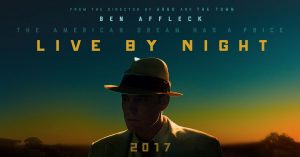
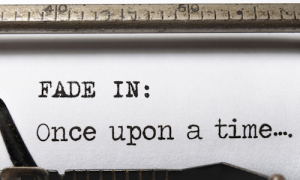
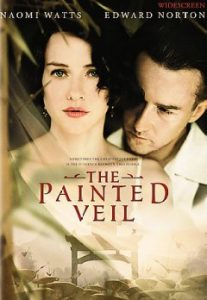 Sometimes, films can provide options that books can’t. Douglas Adams, for instance, substantially re-wrote his
Sometimes, films can provide options that books can’t. Douglas Adams, for instance, substantially re-wrote his 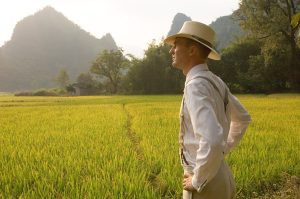
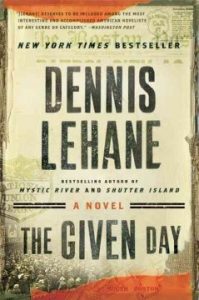 This isn’t fair to a book-loving crowd who knows these characters well and don’t need the necessary introductions you have to cram into the film to get everyone up to speed on who’s who. And it isn’t fair to the crowd who haven’t read the books, because you there is so much work to do to establish relationships and history and desires and trajectories that are fully covered in other books. In
This isn’t fair to a book-loving crowd who knows these characters well and don’t need the necessary introductions you have to cram into the film to get everyone up to speed on who’s who. And it isn’t fair to the crowd who haven’t read the books, because you there is so much work to do to establish relationships and history and desires and trajectories that are fully covered in other books. In 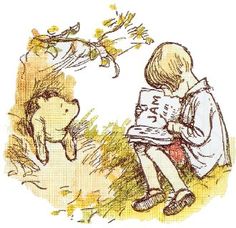
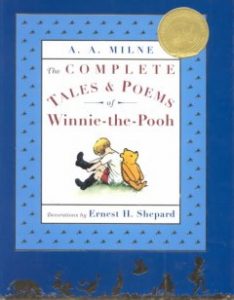 The Complete Tales & Poems of Winnie-the-Pooh
The Complete Tales & Poems of Winnie-the-Pooh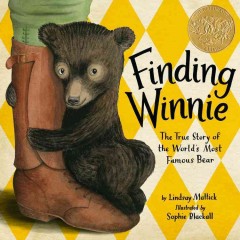 Finding Winnie: the true story of the world’s most famous bear
Finding Winnie: the true story of the world’s most famous bear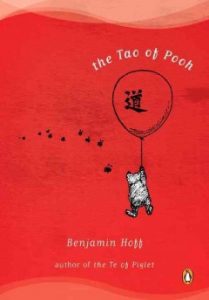 Benjamin Hoff is the author of my two favorite books about Winnie-the-Pooh. The first is
Benjamin Hoff is the author of my two favorite books about Winnie-the-Pooh. The first is 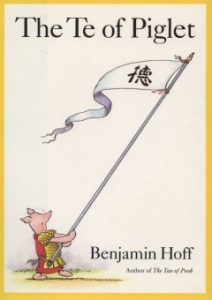 Every true Winnie-the-Pooh fan has a favorite character. For me, it’s Piglet. Benjamin Hoff has also seen something special in Pooh’s best friend, for he wrote a follow-up to The Tao of Pooh entirely devoted to this creature, who may be small in statue, but not in heart. Actually, as Hoff contends in
Every true Winnie-the-Pooh fan has a favorite character. For me, it’s Piglet. Benjamin Hoff has also seen something special in Pooh’s best friend, for he wrote a follow-up to The Tao of Pooh entirely devoted to this creature, who may be small in statue, but not in heart. Actually, as Hoff contends in 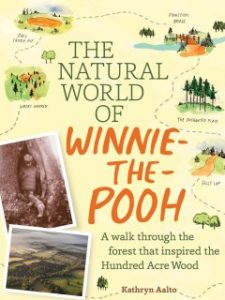 One of the lovely things about the original Winnie-the-Pooh tales is how the Hundred Acre Woods truly comes to life. It is so real a place that it didn’t surprise me at all to learn that Milne was inspired by a real place: Ashdown Forest. If you are more a naturalist than a philosopher,
One of the lovely things about the original Winnie-the-Pooh tales is how the Hundred Acre Woods truly comes to life. It is so real a place that it didn’t surprise me at all to learn that Milne was inspired by a real place: Ashdown Forest. If you are more a naturalist than a philosopher, 
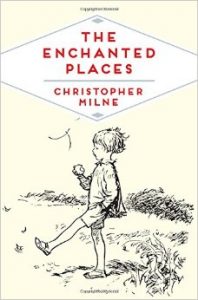 Pooh is not the only character of Milne’s who was inspired by real life. I would be remiss if I did not mention the wonderful Christopher Robin, who Milne based on his own son, Christopher. I’ve always imagined that being the child of a famous children’s author would ensure a truly magical child (imagine the bedtime stories!), but, of course, the truth is more complicated. Christopher Milne candidly shared his memories of life with his famous father in his autobiography
Pooh is not the only character of Milne’s who was inspired by real life. I would be remiss if I did not mention the wonderful Christopher Robin, who Milne based on his own son, Christopher. I’ve always imagined that being the child of a famous children’s author would ensure a truly magical child (imagine the bedtime stories!), but, of course, the truth is more complicated. Christopher Milne candidly shared his memories of life with his famous father in his autobiography 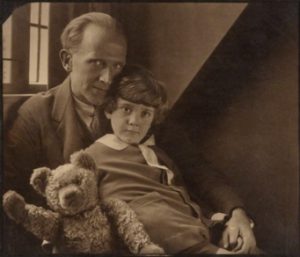
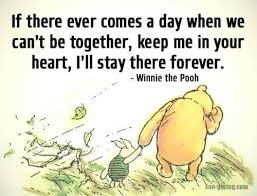
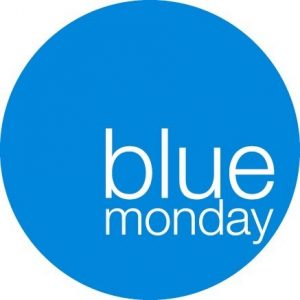
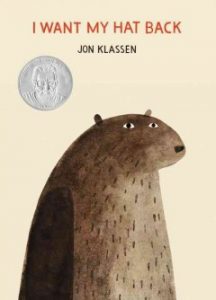 In order to combat the dread Blue Monday blues,
In order to combat the dread Blue Monday blues, 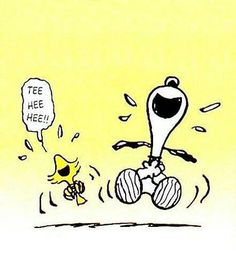 We’ve talked before here about
We’ve talked before here about 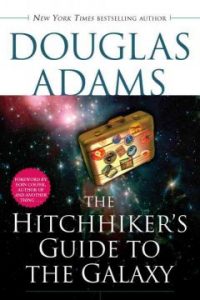
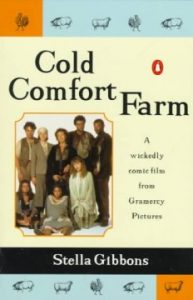 Cold Comfort Farm
Cold Comfort Farm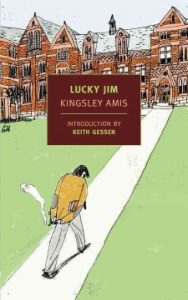 Lucky Jim
Lucky Jim Betty White
Betty White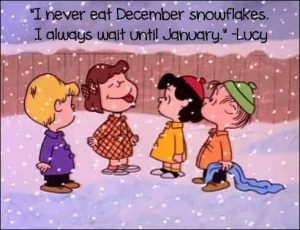 It’s January, and while Charles Schulz’s Lucy van Pelt might be relishing in catching snowflakes that are finally ripe, for many of us, this is a month for bunkering down. Last year I expanded upon our blogger-in-residence Arabella’s
It’s January, and while Charles Schulz’s Lucy van Pelt might be relishing in catching snowflakes that are finally ripe, for many of us, this is a month for bunkering down. Last year I expanded upon our blogger-in-residence Arabella’s 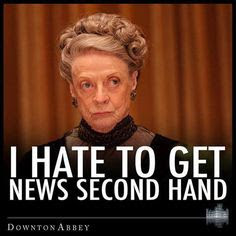 Give yourself something to look forward to with a finite date, rather than anticipating the squishy deadline of spring (March? April? June? When does spring weather start these days….?) Libraries often put orders for books they believe will be popular months in advance and the moment they do, you can put a hold on the book! This gets you higher up in the queue for the book (meaning less time waiting for it). Also, putting a hold on a book that is only on order gives libraries a sense of what out patrons are excited about, which allows us to order quantities that are appropriate for the hold list. After all, we don’t want only 3 or 4 copies circulating of a book that has 80 holds on it.
Give yourself something to look forward to with a finite date, rather than anticipating the squishy deadline of spring (March? April? June? When does spring weather start these days….?) Libraries often put orders for books they believe will be popular months in advance and the moment they do, you can put a hold on the book! This gets you higher up in the queue for the book (meaning less time waiting for it). Also, putting a hold on a book that is only on order gives libraries a sense of what out patrons are excited about, which allows us to order quantities that are appropriate for the hold list. After all, we don’t want only 3 or 4 copies circulating of a book that has 80 holds on it. The order in which you do this is entirely up to you (as discussed
The order in which you do this is entirely up to you (as discussed  One of the best things about working at a library is that there’s no dearth of things to read and watch. Because we already know the secret about putting books that aren’t out yet on hold, library workers are often among the first to read new books. We’re also irrepressibly eager to talk about books and movies we love, whether they’re new or they’re old favorites and we can help you get reading again after those
One of the best things about working at a library is that there’s no dearth of things to read and watch. Because we already know the secret about putting books that aren’t out yet on hold, library workers are often among the first to read new books. We’re also irrepressibly eager to talk about books and movies we love, whether they’re new or they’re old favorites and we can help you get reading again after those 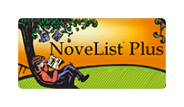 As much as we love chatting books with our patrons, we do understand that it’s not always easy to ask someone for a book recommendation. Whether you’re unsure about your own preferences, have been unhappy with what you’ve been reading lately or just don’t know what you’re in the mood for, sometimes it’s difficult to come up with the words to ask for what you want. While sometimes a conversation can tease the words out, other times, it doesn’t. That’s why we have tools for patrons who just can’t find the words (and that’s all of us at some point).
As much as we love chatting books with our patrons, we do understand that it’s not always easy to ask someone for a book recommendation. Whether you’re unsure about your own preferences, have been unhappy with what you’ve been reading lately or just don’t know what you’re in the mood for, sometimes it’s difficult to come up with the words to ask for what you want. While sometimes a conversation can tease the words out, other times, it doesn’t. That’s why we have tools for patrons who just can’t find the words (and that’s all of us at some point). 
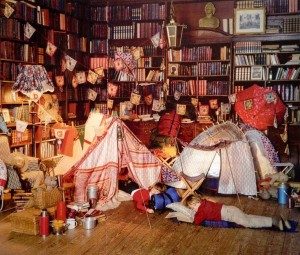

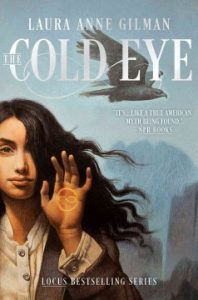 The Cold Eye
The Cold Eye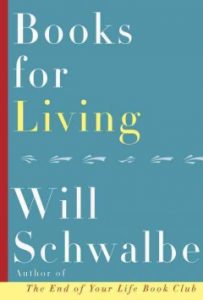 Books for Living
Books for Living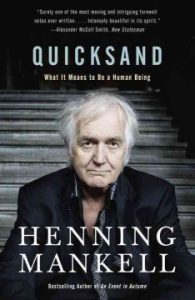
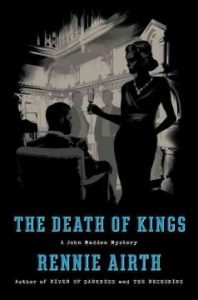
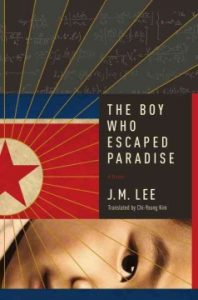 The Boy Who Escaped Paradise
The Boy Who Escaped Paradise